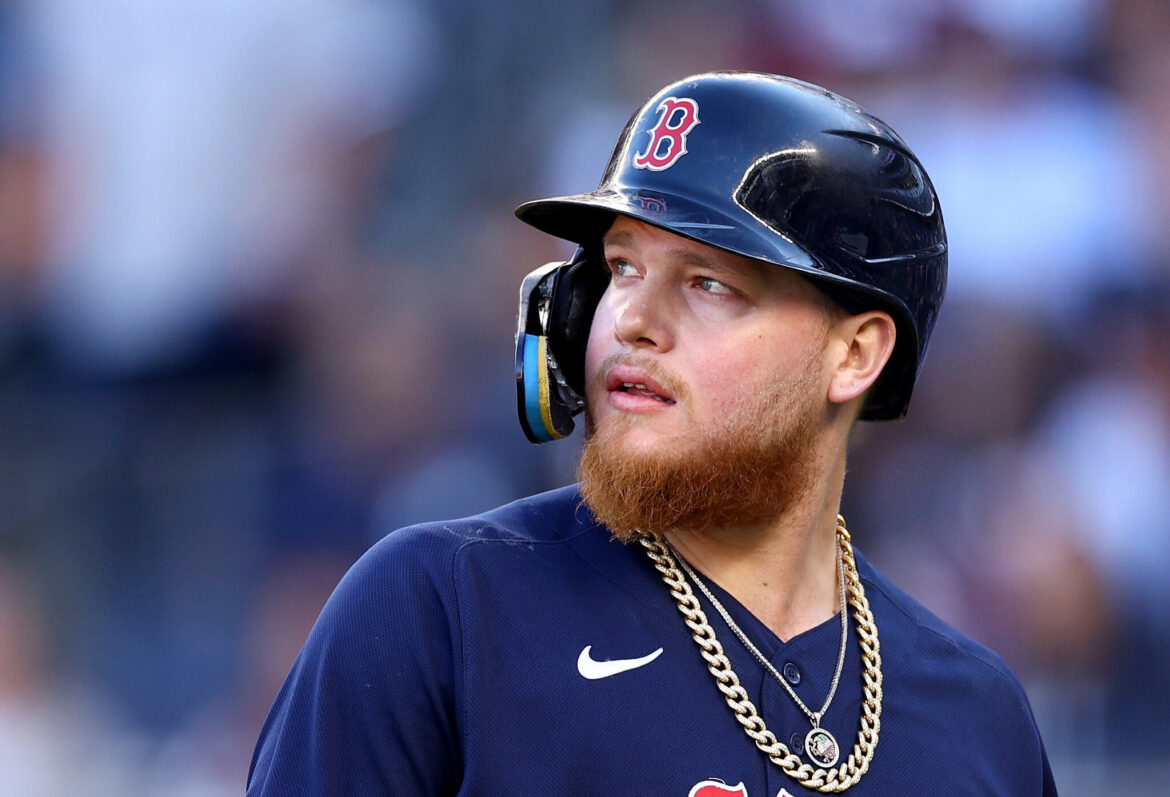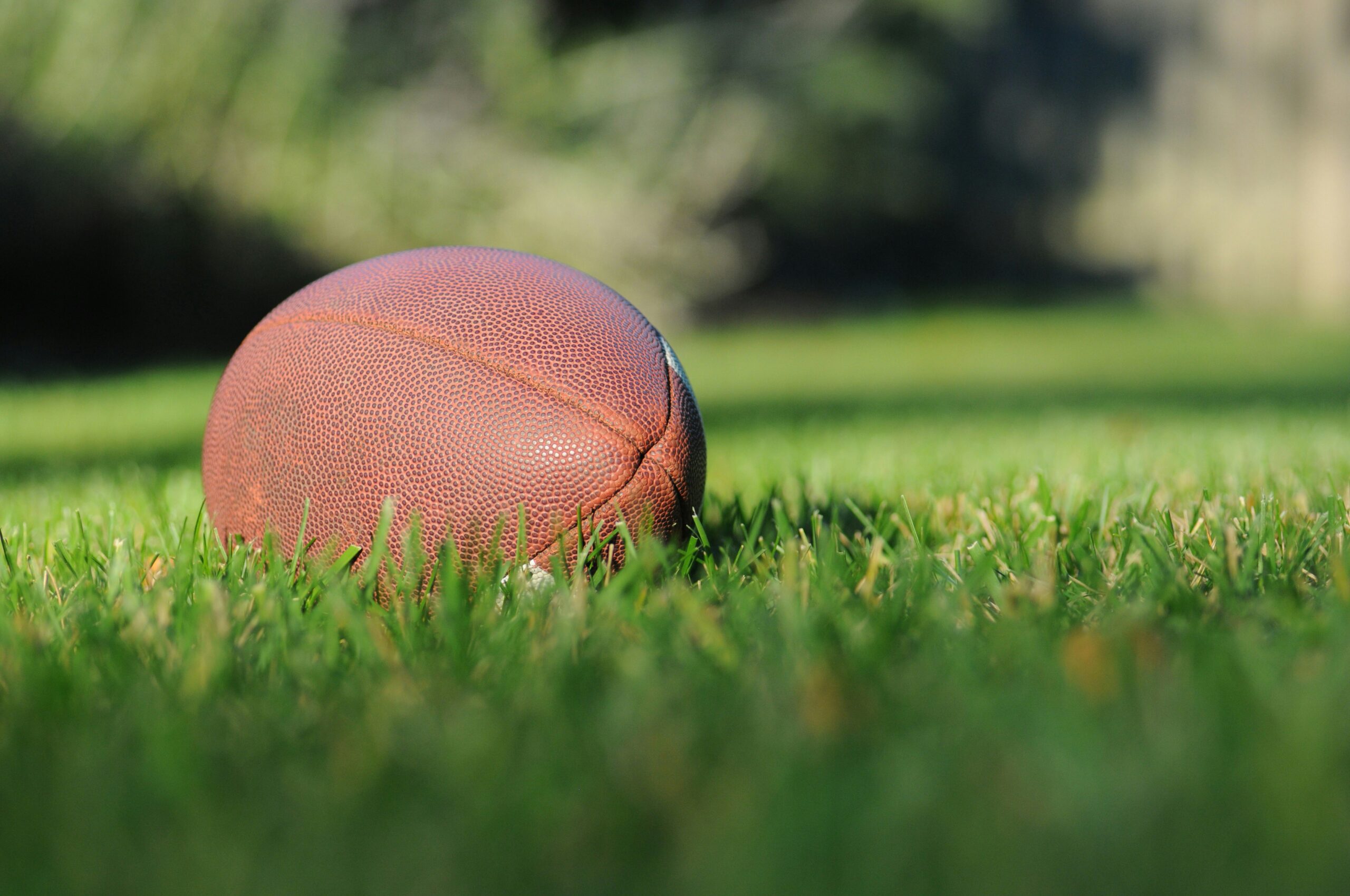Introduction: The Yankees and Their Unique Culture
The New York Yankees, one of Major League Baseball’s most storied franchises, boast an illustrious history that began in 1901. Renowned for their competitive spirit and remarkable achievements, the Yankees have secured 27 World Series titles, making them among the most successful teams in the sport. However, their influence extends beyond the diamond; the Yankees are celebrated for their distinctive culture and traditions that define the franchise and contribute to its identity. Central to this unique culture is a framework of policies and regulations governing player appearance, most notably encapsulated in the infamous ‘beard rule.’
The ‘beard rule’ is a longstanding policy that dictates players may only maintain mustaches while forbidding longer facial hair. This regulation serves not only as a representation of the team’s commitment to professionalism but also establishes a sense of unity among players, aligning with the team’s broader ethos. Unlike other Major League teams, the Yankees embrace a clean-cut image that reflects their legacy. This rule has garnered considerable attention, often sparking discussions about personal expression, individuality, and uniformity within professional sports.
As one of the few teams with such a specific grooming policy, the Yankees have raised interesting questions regarding the balance between individual identity and collective team representation. This policy has led players to adapt their personal grooming choices to comply with the team’s standards, influencing how they are perceived both on and off the field. The regulation, while seemingly restrictive, fosters a unique camaraderie amongst Yankees players, reinforcing a shared commitment to the team’s historic values while also adding to the franchise’s rich narrative.
The Roots of the Beard Rule: A Brief History
The ‘Beard Rule’ of the New York Yankees, a hallmark of the team’s identity, has its origins intertwined with the ownership of George Steinbrenner, who acquired the franchise in 1973. Under Steinbrenner’s leadership, the team adopted a set of standards aimed at maintaining a specific image, which combined professionalism with discipline. The policy against facial hair was not arbitrary; it reflected the cultural norms and prevailing attitudes of the era, particularly the 1970s and 1980s.
The 1970s marked a time of significant cultural shifts in American society, with many athletes beginning to express individuality through their appearance. In contrast, Steinbrenner envisioned a team that embodied a more traditional and conservative image, aligning with corporate values prevalent in sports at the time. The decision to prohibit beards and long hair was an initiative to promote a sense of unity and cohesiveness among players, creating a visual representation of the team’s ethos. It was a clear declaration that the Yankees were not just a baseball team; they were a brand that stood for professionalism and orderliness.
The impact of this rule transcended the diamond, reflecting the broader cultural context of baseball during those decades. The sport was experiencing a wave of changes, from the integration of players from diverse backgrounds to the increased commercialization of teams. Still, the Yankees maintained this facial hair ban as a distinguishing feature, creating a culture that revered conformity over the burgeoning trend of individual expression. Consequently, the beard rule became a symbol of the team’s commitment to excellence and a reminder of its storied history. This historical context sets the stage for understanding the fierce loyalty and resistance that has both challenged and fortified the policy over the years.
Hal Steinbrenner’s Perspective on Team Traditions
As the managing general partner of the New York Yankees, Hal Steinbrenner upholds a long-standing legacy shaped by his father, George Steinbrenner. A pivotal element of this legacy is the renowned ‘beard rule’, which has been emblematic of the team’s commitment to tradition and discipline. Hal Steinbrenner recognizes the importance of maintaining this ethos while also facing modern challenges in Major League Baseball. His approach reflects a delicate balance between adhering to the esteemed customs of the franchise and accommodating the evolving societal attitudes towards personal expression.
Steinbrenner often articulates a deep respect for the Yankees’ storied history and the influence of his father’s stringent ideals on contemporary operations. The beard rule, among other standards, is seen not just as a restriction but as a symbol of professionalism and team identity. Hal emphasizes that these traditions help to foster a cohesive team culture, an aspect he considers vital for achieving success on the field. The notion is that by maintaining uniformity in appearance, the team can focus more efficiently on collective goals rather than individual distractions.
While Steinbrenner is committed to preserving these traditions, he is also attuned to the changing dynamics within professional sports. He understands that in today’s game, player autonomy and personal branding are more pronounced. Thus, Hal considers it essential to engage in conversations that might lead to a reevaluation of certain policies, including the beard rule. His leadership style—characterized by open communication and adaptability—ensures that the Yankees remain competitive while simultaneously honoring their rich traditions. Ultimately, Hal Steinbrenner’s perspective signifies a thoughtful approach to team culture that respects the past while looking towards the future.
The Impact of the Beard Rule: Player Reactions and Experiences
The Beard Rule has elicited a range of reactions from both current and former players in the New York Yankees organization. For many athletes, facial hair is not merely a matter of personal grooming; it is an expression of individuality and personal style. This regulation has sparked passionate discussions surrounding the implications of enforced uniformity in professional sports. Devin Williams, a notable player, expressed his sentiments regarding the Yankees’ policy, stating that facial hair serves as a form of self-expression that enhances player identity. His view reflects the thoughts of many athletes who feel that their appearance should not be strictly dictated by organizational rules.
Players have shared various anecdotes revealing the emotional weight they attach to their facial hair. Some have described their beards as symbols of their journey in the sport, marking significant milestones in their careers. They articulate that being allowed to maintain their facial hair is not just about aesthetics; it represents a connection to their personal histories and a way to engage with fans on a deeper level. For instance, a former Yankees player recounted his relief when he was traded to a team with more relaxed grooming policies, as it permitted him to embrace his beard, which had become synonymous with his persona on the field.
The tension between personal freedom and team regulations has subtly influenced player morale and culture. Many see the Beard Rule as an outdated remnant of the Yankees’ traditional image, while others argue that such regulations foster a sense of discipline and unity within the team. Regardless of the differing perspectives, it is evident that the rule plays a significant role in shaping the experiences of players in the organization. The ongoing dialogue surrounding the Beard Rule highlights not only the players’ emotional connections to their facial hair but also raises questions about the boundaries of personal expression in professional sports.
Changes and Exceptions: Analyzing the Rules Over Time
The New York Yankees have historically maintained a strict policy regarding facial hair, often referred to as the “Beard Rule.” This regulation not only underscores the franchise’s commitment to a polished appearance but also reflects its long-standing traditions. However, over the years, there have been notable instances where deviations from this rule occurred, revealing an underlying flexibility in the organization’s approach to personal expression.
One significant change in the application of the beard rule came in the mid-1990s when certain players began to voice their opinions about the restrictions. Notably, outfielder Paul O’Neill, who played for the Yankees from 1993 to 2001, once openly challenged the policy during a series of interviews, appealing for more leniency. His remarks fostered discussions about the rules as the team was grappling with its identity and the evolving landscape of Major League Baseball, where personal grooming has become a broader topic among players.
In more recent years, some players have expressed their desire to grow facial hair for charitable causes. For example, Derek Jeter, revered for his leadership and professionalism, was known to advocate for certain team initiatives, leading many to inquire about potential flexibility regarding the beard rule. While the organization has largely adhered to these grooming standards, exceptions have occasionally been made for special occasions, demonstrating a willingness to adapt when it aligns with the team’s values or community contributions.
Moreover, the emergence of players with distinct styles, such as outfielder Brett Gardner, who sported a mustache during pivotal moments, illustrated the gradual acceptance of facial hair in specific contexts. This nuanced evolution of the beard rule showcases how the Yankees navigate between tradition and modernity, emphasizing both their commitment to a unified image and recognition of personal identity within their ranks.
Cultural Shift: The Evolving Image of Masculinity in Sports
Throughout history, the concept of masculinity in sports has undergone significant transformations, often influenced by broader cultural narratives. Traditionally, athletes have been portrayed as embodiments of physical prowess and adherence to strict grooming standards. However, recent years have witnessed a gradual shift toward a more nuanced understanding of masculinity, characterized by personal expression and individual choice. This evolution has made waves in various sports, challenging conventional ideas that once dictated how male athletes should present themselves.
The debate surrounding facial hair, in particular, exemplifies this cultural shift. In the past, the presence of facial hair was often regarded as unprofessional or inappropriate within specific sports, where a polished appearance was synonymous with discipline and respect for tradition. The emergence of famed athletes who opted for beards or mustaches has sparked a conversation about personal identity and self-expression in sports. As these athletes embrace their unique styles, they challenge the rigid standards that have long defined masculinity in this realm.
In relation to the New York Yankees, their longstanding policy restricting facial hair has drawn considerable attention and debate. Many view this rule as a reflection of outdated standards, contrasting sharply with the modern landscape of sports, where many teams have relaxed grooming rules to allow players to showcase personal identity. This juxtaposition raises an important question: do such policies foster a culture of discipline or stifle individual expression? As society increasingly values authenticity, the Yankees’ strict adherence to grooming protocols stands as a relic amidst a broader cultural conversation regarding what it means to be masculine in today’s sports environment.
Ultimately, the dynamic surrounding facial hair in athletics continues to evolve, underscoring the intersection of tradition and modernity. Understanding this progression is crucial for contextualizing the Yankees’ beard rule and its implications on the image of masculinity in the world of sports.
Comparative Landscape: Other Teams and Their Facial Hair Policies
The Major League Baseball (MLB) landscape exhibits a wide array of policies regarding facial hair, each reflecting the unique cultural philosophies of the franchises. While the New York Yankees adhere to a strict ‘Beard Rule’, banning players from sporting any facial hair beyond mustaches, many other teams adopt far more lenient policies, allowing their players the freedom to express themselves through facial hair.
In stark contrast, teams such as the Chicago Cubs and the Toronto Blue Jays have maintained flexible grooming standards, allowing players to choose their own appearance, including facial hair styles that range from clean-shaven looks to elaborate beards. This relativity in policies demonstrates how teams prioritize the individual over uniformity, offering players the autonomy to represent themselves, ultimately enriching the team dynamic.
Furthermore, franchises like the Milwaukee Brewers and the Philadelphia Phillies also express a more liberal stance on facial hair, facilitating player preferences while fostering a sense of team identity. This divergence in grooming policies sheds light on the broader cultural philosophies within MLB, showcasing how differing approaches enable teams to cultivate unique identities and foster deeper connections with their fans.
Ultimately, the complex landscape of facial hair rules across various MLB teams starkly contrasts with the Yankees’ meticulous grooming practices, underscoring the significance of personal expression within professional sports.
Fan Reactions: The Beard Rule from the Stands
The ‘Beard Rule’ of the New York Yankees, which prohibits players from sporting facial hair, has been a topic of intense debate among fans for decades. This policy resonates deeply with the fanbase, as it intertwines with their perceptions of team identity and tradition. For some, the strict adherence to this rule symbolizes a commitment to discipline and the rich history associated with the Yankees franchise.
On social media platforms, reactions to the beard rule vary significantly, highlighting the diverse perspectives within the Yankees community. Supporters of the policy often express pride in the team’s unyielding tradition. They argue that the clean-cut image projected through the absence of beards enhances the professionalism of the team and fosters a sense of unity among players. This aligns with the longstanding culture of the Yankees, where appearance and conduct are seen as reflections of the franchise’s storied past.
Conversely, there is a significant faction of fans and even former players who advocate for more modern interpretations of personal expression. Many feel that allowing facial hair would not diminish the team’s legacy but rather reflect a more contemporary approach to individuality and freedom of expression. Social media is replete with hashtags like #LetThemGrow, which showcase passionate opinions from fans who believe that imposing limitations on players’ appearance is outdated and stifling.
The discussion surrounding the beard rule ultimately illustrates a deeper connection between the fans and the franchise’s branding. For some, it represents an unbreakable bond with the past; for others, it symbolizes the need for evolution within a prestigious institution. The conversations sparked by this policy provide a fascinating glimpse into how traditions can shape, and sometimes challenge, the collective identity of a fanbase.
Conclusion: The Future of the Beard Rule in the Yankees Organization
As we reflect on the evolution of the beard rule within the New York Yankees organization, it becomes clear that this policy has stood the test of time, serving as both a tradition and a visual representation of the team’s values. Originally established in the late 1970s as a means of instilling discipline and maintaining a professional appearance, the beard rule has transcended mere aesthetics to become a symbol of the team’s identity.
Throughout the years, we have observed shifts in societal norms and attitudes towards personal grooming and self-expression, particularly in the realm of professional sports. The younger generations of players and fans are increasingly valuing individuality and self-expression, which may put pressure on the Yankees organization to reevaluate its longstanding policies. While the team has maintained the beard rule as a steadfast tradition, it faces the challenge of adapting to the modern landscape of sports culture, where personal branding often plays a crucial role in an athlete’s marketability and fan engagement.
Looking ahead, the future of the beard rule may hinge on a delicate balance between preserving the team’s storied heritage and embracing the evolving expectations of today’s players and fans. As new talent enters the organization, it is plausible that discussions surrounding the rigidity of the beard rule will intensify. Gradually, the Yankees may choose to introduce more flexible grooming standards that align with contemporary fashion trends while still honoring the principles that have defined the team for generations.
Ultimately, the Yankees’ beard rule encapsulates a rich tapestry of tradition, identity, and evolution. The organization’s approach to this iconic policy will likely continue to evolve, reflecting the dynamic interplay between its historical values and the aspirations of future players, fans, and the league as a whole.



